Zmiya
The Serpent

Zmiya
The Serpent
The Zmiya, or Serpent, was the god of the earth itself, that which lies beneath our feet. He was the god of water, soil, and the minerals within the earth. His domain was this underground kingdom, a source of wealth. The serpent had attributes of intelligence, immortality, healing powers, and the ability to impregnate all living things.
Ancient Ukrainians prayed to the Serpent-god and decorated pysanky with his symbols in hope of healthy livestock, swarming bees, and fertile poultry.
The symbol of the Serpent was the “syhma” (letter S), along with wavy lines and spirals, and curls (kucheri).

SYHMA
The syhma is a simple S shape, and is the most classic version of the zmiya motif. Sometimes the serpent has a crown, but never wings. Examples of the syhma from eastern Podillia (3) and Bukovyna.




KUCHERI
Kucheri, simple curls, were also symbols of the zmiya. Sometimes the kucher has a crown, and sometimes it is found under the berehynia.
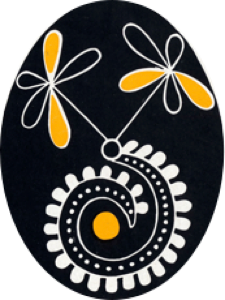
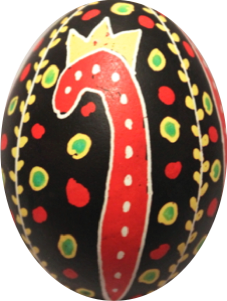
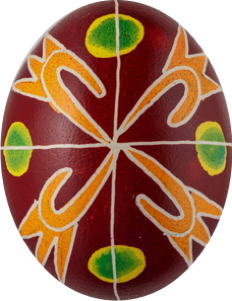

WAVY LINES
Simple undulating lines are another representation of the serpent. They often occur as dividing lines, or as outlining lines. Below are examples from Cherkasy and Hrubeshiv.
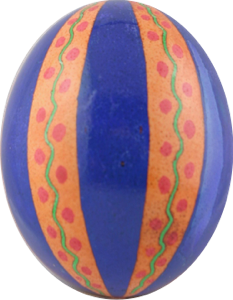
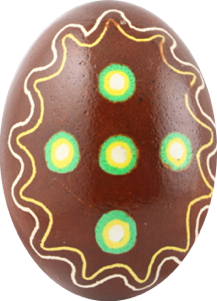
WAVES
Waves, with sharp or rounded tips, are a common motif on Ukrainian pysanky. In the Carpathians, they are often used to create outlines or the edges of bands. n other regions, they become the main motif, as in these examples of waves from Eastern Podillia, Poltava, Kherson.
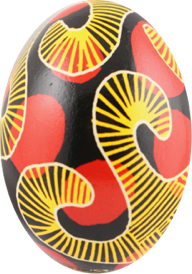
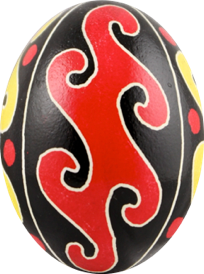
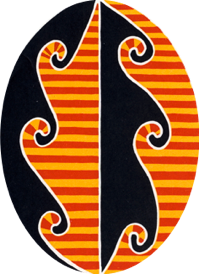
These pysanky with wave motifs are from Eastern Podillia.
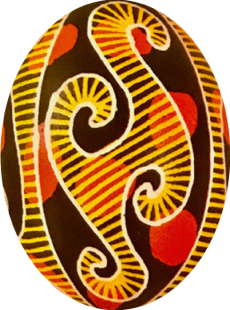
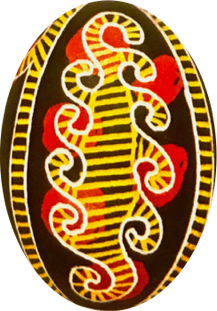
SPIRALS
The spiral is a powerful motif, and is another ancient depiction of the Zmiya (Serpent), the god of water and earth.
The spiral was drawn onto pysanky as a protective motif. It was said to protect a house and its occupants from evil spirits: those evil spirits which entered the house would be drawn to the spiral, and then trapped in its endless curves.
Below are examples of spiral motif pysanky from Boikivshchyna, Poltava, Prydniprovia, Pokuttia.
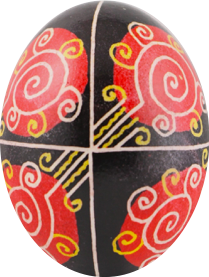
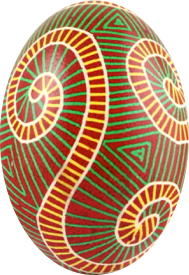
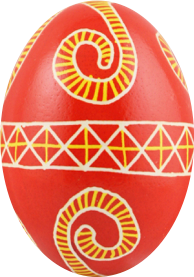
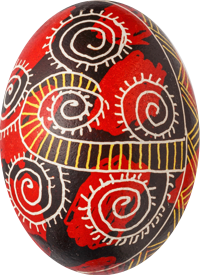
God of Waters
